AI
AI is getting better all the time
it is constantly improving as it continue to make advances in the field.
AI systems are able to learn and improve at an increasingly rapid pace.
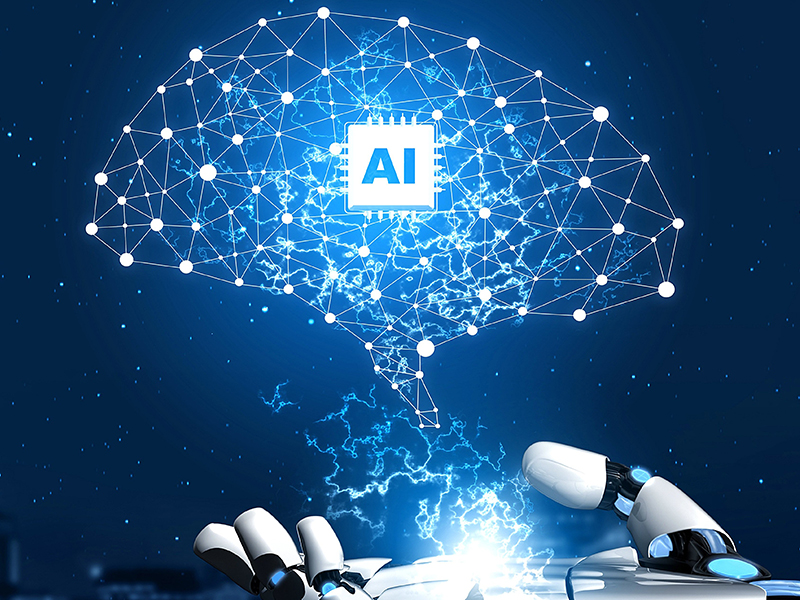
Facial recognition
1.How facial recognition works
It is the process of identifying or verifying the identity of a person using their
face and It captures, analyzes and compares several features of a person's
face based on the person's facial details like facial landmarks, texture,
and geometry.
The face capture process transforms analog information (a face) into a
set of digital information (data or vectors) based on the features extracted
from the face.
The face match process compares the features extracted from two
different faces to determine if they belong to the same person or not.
Facial recognition will be used across various aspects of our lives in the future.
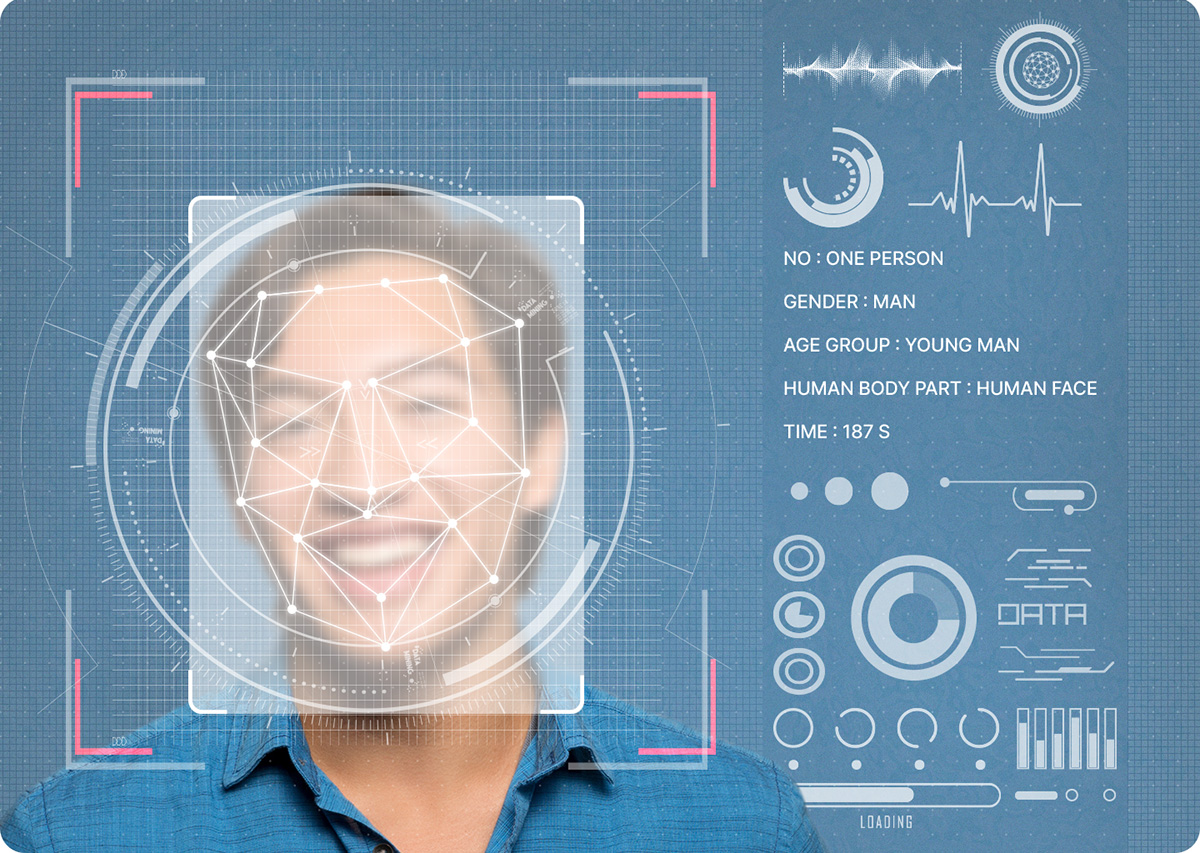
2. Why facial recognition, then?
It is easy to deploy and implement. There is no physical interaction
with the end-user. Moreover, face detection and face match processes for
verification/identification are speedy.
That is why Facial recognition is recognized as one of the most accurate
and easy ways for establishing individual identity across a wide range
of sectors.
Facial recognition technology provides highly-accurate, real-time access
control and the Access System is the latest technology adopted for keyless
and frictionless door entry.
And Facial recognition is used worldwide to prevent crime, detect fraud,
and enhance public safety.
Entrance & Register
Making an entrance at events
Ordering system
Letting people order with a simple face scan.
At hotel
Speeding up check In and Out
Biometric border
To identify who visits the country through it
Border and Access Control
Fast and accurate matches in airport
boarding and Access Control
Anti Facial Spoofing
Defend against a broad range of trying to trick the facial biometric identification
control systems to commit bank identity fraud.
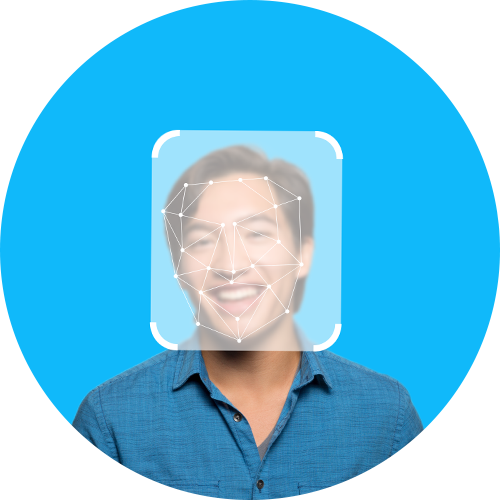
Facial Recogition Systems

Gate Access Systems

Door Access Systems
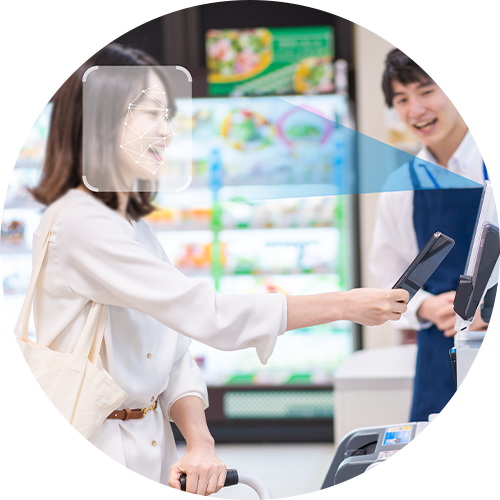
Ordering system

Auto Check-in Systems
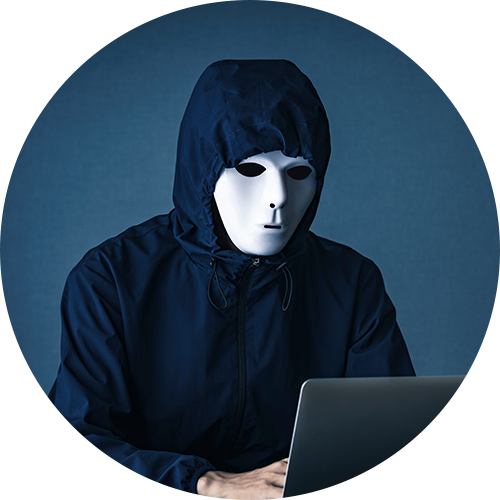
Anti Facial Spoofing Systems
Object Detection
1.How Object Detection works
It is the process of identifying or verifying the identity of certain defined
classes. Object detection models receive an image as input and output
an images with bounding boxes and labels on detected objects.
Image classification involves assigning a class label to an image,
whereas object localization involves drawing a bounding box
around one or more objects in an image.
Object detection is more challenging and combines these two tasks
and draws a bounding box around each object of interest in the image
and assigns them a class label. Together, all of these problems are
referred to as object recognition.

2. Why Object Detection, then?
There are many use cases for object detection in security and safety.
can be deployed on surveillance systems to constantly monitor for
security threats in locations like airports, stadiums, and transit systems.
Object detection can identify unauthorized access to businesses and
locations like construction sites, preventing theft.
It can monitor and improve safety in construction and industrial worksites
by placing virtual fences around hazardous areas that trigger alerts when
people cross certain thresholds.
It is to identify and locate one or more effective targets from still image
or video data. and It comprehensively includes a variety of important
techniques, such as image processing, pattern recognition, artificial
intelligence and machine learning.
And It can be used to monitor public spaces and identify potential threats,
such as weapons or suspicious behavior. ex) Person intrusion, loitering,
tailgating, fighting, falling, running, smoking, using mobile phone.
It allows self-driving cars to detect and recognize objects on the road, such
as other vehicles, pedestrians, and traffic signals.
Security & Safety
Quickly respond to Events and Emergencies systems to constantly
monitor for security threats in locations.
AI-Powered Video Analytics
AI based Behavior Analytics to detect Slip and Fall.
Foot Traffic Analysis
It can also monitor foot traffic outside the store and count how many people walk
by or stop to look at window displays.
Traffic Monitoring
Can also be used to monitor traffic and
road conditions in Smart cities.
People Counting
It is also useful for stores and other businesses like museums to keep
track of how many people enter and exit, monitoring specific areas to maintain desired capacity levels.
Parking Occupancy
Can identify open parking spaces in surface lots or parking garages and
be updated in real-time, alerting drivers of open spots with signs.

Vehicle Recogition Systems
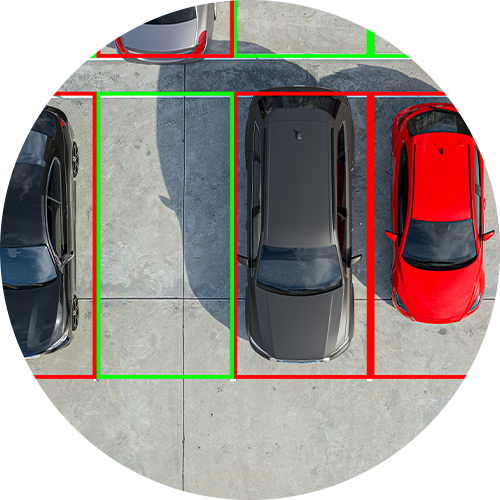
Parking Recognaition Systems
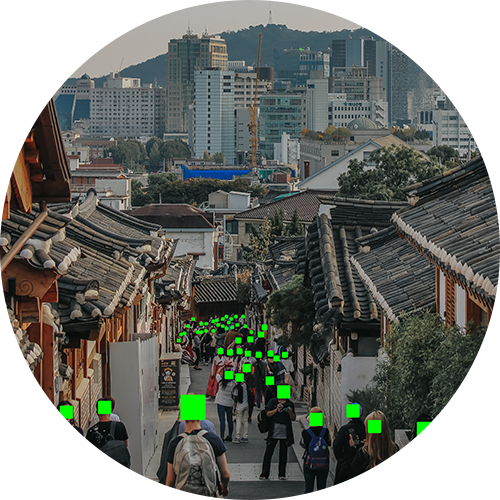
Crowd counting Systems

Fall Detection system

Traffic Monitoring Systems
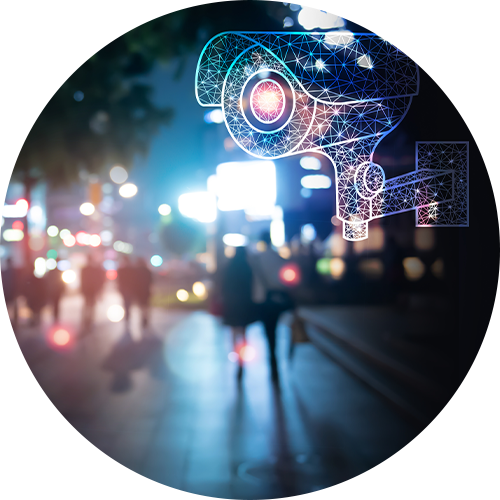
Security & Safety Systems